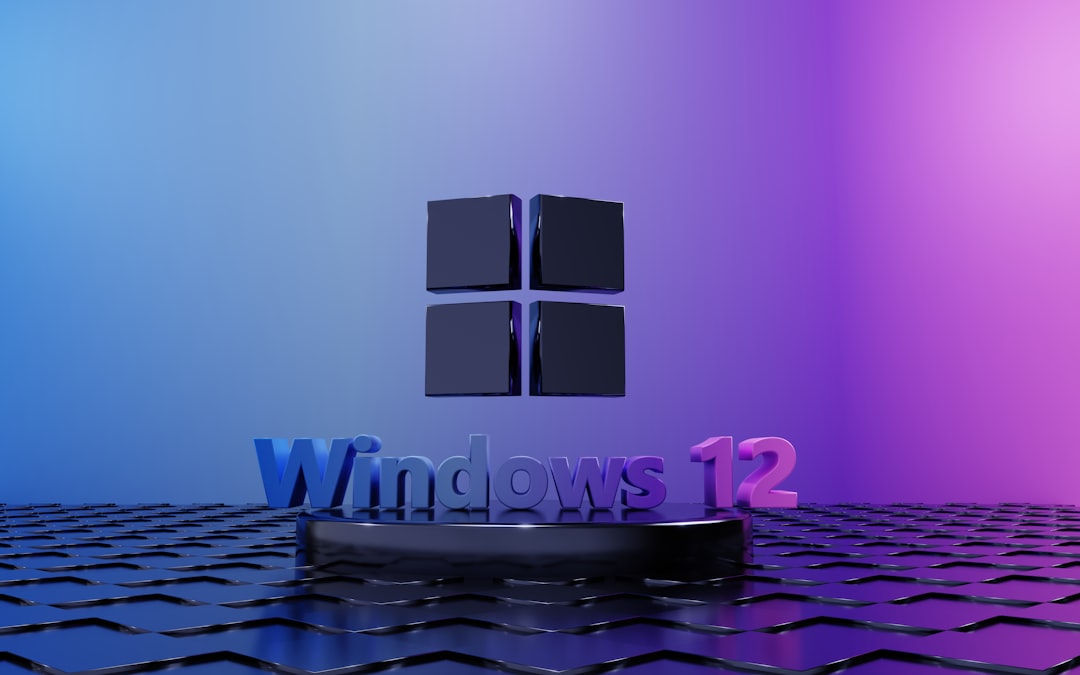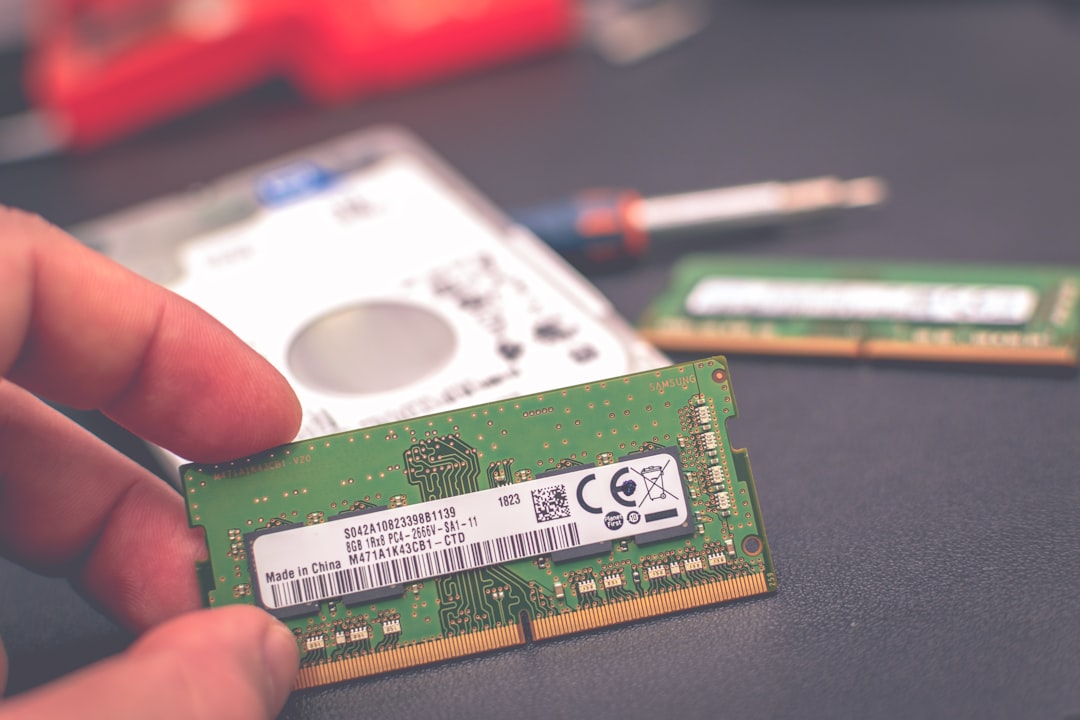If you’ve ever opened Task Manager on your Windows PC and noticed a mysterious process called WSAPPX using a lot of disk space, you’re not alone. It can be pretty worrying — especially if your computer is running slowly. But don’t panic! It’s not a virus, and it’s not trying to break your PC.
Let’s dive into what WSAPPX is, why it’s using so much disk power, and how you can fix it without pulling your hair out.
So, What’s WSAPPX Anyway?
WSAPPX is a legit Windows background service that supports the Windows Store and something called Universal Apps. You know those apps like Calculator, Mail, and even some games you download from the Microsoft Store? WSAPPX helps manage, install, and update them.
WSAPPX actually includes two main parts:
- AppXSVC (AppX Deployment Service): Responsible for installing, updating, and removing apps.
- ClipSVC (Client License Service): Runs in the background to handle app licensing. You usually see this on Windows 10.
Sometimes you might also see WSService on older versions of Windows. It does similar work to ClipSVC.
So, in short, WSAPPX is the helper that manages your Windows Store apps. Harmless, right?
But Why Is It Using So Much Disk Space?
Great question. WSAPPX spins into action when your system is:
- Installing or updating Microsoft Store apps
- Checking app licenses
- Working on background app processes
It usually chills quietly in the background. But sometimes it jumps into overdrive. You might notice your disk usage hit 100%. That’s when things feel slow or sluggish.
This heavy use often happens when you’re:
- Running a system update
- Downloading apps from the Store
- Letting Windows update your apps automatically
Here’s what the situation might look like:

Yup, terrifying! But don’t worry — we’ve got fixes.
How to Fix High Disk Usage by WSAPPX
Thankfully, there are several things you can try. Let’s walk through them step by step.
1. Check Background App Updates
The first thing to try? Stop automatic app updates.
- Open the Microsoft Store.
- Click on your profile icon at the top-right corner.
- Choose App settings.
- Turn off App updates.
This stops your system from auto-checking for updates while you’re busy doing other things.
2. Disable Windows Store (Temporarily)
Don’t use Microsoft Store apps often? You can disable the Store itself.
Here’s how to do it using Local Group Policy Editor (available on some Windows versions):
- Press Windows + R, type
gpedit.msc, and press Enter. - Navigate to Computer Configuration > Administrative Templates > Windows Components > Store.
- Double-click Turn off the Store application.
- Set it to Enabled, then click OK.
Note: This might not work on Windows Home editions.
3. Turn Off Superfetch (or SysMain)
If WSAPPX is fighting with your hard drive, other services might be adding fuel to the fire. One of them is Superfetch (now called SysMain).
To disable it:
- Press Windows + R, type
services.msc, press Enter. - Scroll to find SysMain.
- Right-click it, choose Properties.
- Set Startup type to Disabled.
- Click Stop, then OK.
Sometimes this trick helps free up disk usage overall.
4. Use a Solid-State Drive (SSD)
Still using an old spinning hard drive (HDD)? That’s okay — but consider upgrading someday. SSDs are much faster. Disk-hungry services like WSAPPX won’t slow things down nearly as much on an SSD.

5. Keep Your System Updated
Ironically, not updating Windows can cause performance issues, including WSAPPX acting out. So make sure your system is up-to-date.
Go to:
- Settings > Update & Security
- Click Check for updates
This can patch bugs that might be causing high disk usage.
6. Scan for Malware (Just in Case)
Although WSAPPX is legit, sneaky malware can pretend to be normal processes. Just in case, do a quick system scan using:
- Windows Defender
- Malwarebytes
- Any other trusted antivirus tool
Better safe than sorry!
Can I Disable WSAPPX Completely?
Short answer: No. You shouldn’t. WSAPPX is tied to essential Windows functions, especially the Microsoft Store. Disabling it entirely may break app installations or updates.
Instead, follow the steps we shared to control its activity.
What If Nothing Works?
If you’ve tried everything and your disk is still pegged at 100%, it may not be WSAPPX that’s fully to blame. It could be:
- Other background services
- A virus or bloatware
- Hardware issues
You can also try running built-in Windows tools like:
- Disk Cleanup
- CHKDSK
- System File Checker (sfc /scannow)
These can help detect and fix deeper problems.
Wrapping It Up
WSAPPX might seem like a scary disk-hog at first. But it’s really just a quiet helper working behind the scenes. Most of the time, it’s nothing to worry about. A few simple tweaks can usually tame its disk usage.
Here’s a quick recap:
- WSAPPX supports Microsoft Store apps
- It includes AppXSVC and ClipSVC services
- High disk use is normal during installs and updates
- You can reduce it by adjusting app settings and disabling certain features
By taking a few steps, you can keep your PC running like a champ — without getting haunted by the WSAPPX ghost ever again!


